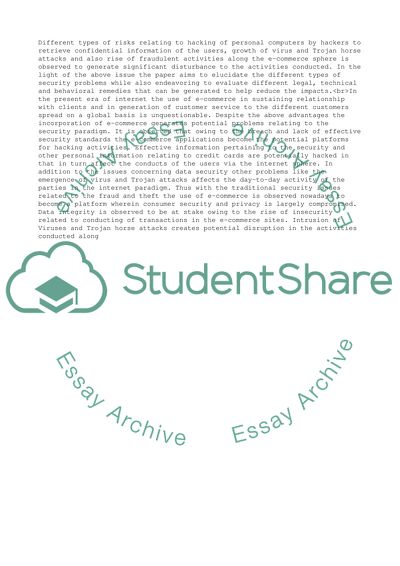Cite this document
(E-commerce Research Proposal Example | Topics and Well Written Essays - 3000 words, n.d.)
E-commerce Research Proposal Example | Topics and Well Written Essays - 3000 words. https://studentshare.org/e-commerce/1835385-e-commerce
E-commerce Research Proposal Example | Topics and Well Written Essays - 3000 words. https://studentshare.org/e-commerce/1835385-e-commerce
(E-Commerce Research Proposal Example | Topics and Well Written Essays - 3000 Words)
E-Commerce Research Proposal Example | Topics and Well Written Essays - 3000 Words. https://studentshare.org/e-commerce/1835385-e-commerce.
E-Commerce Research Proposal Example | Topics and Well Written Essays - 3000 Words. https://studentshare.org/e-commerce/1835385-e-commerce.
“E-Commerce Research Proposal Example | Topics and Well Written Essays - 3000 Words”. https://studentshare.org/e-commerce/1835385-e-commerce.


